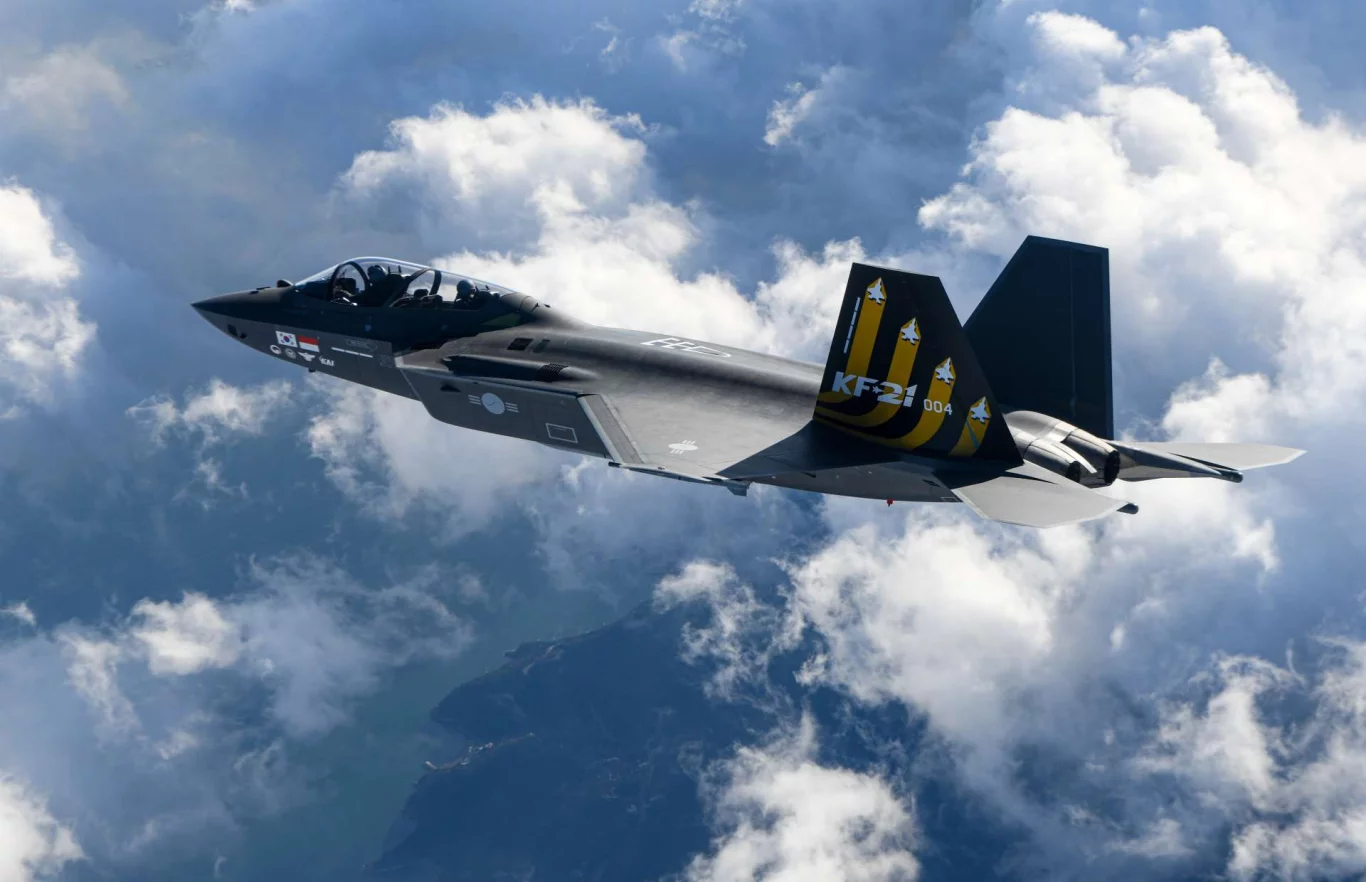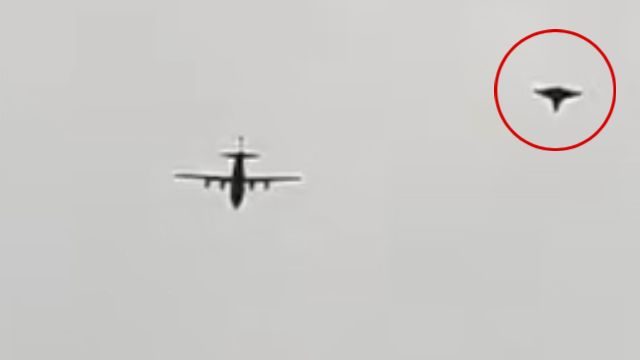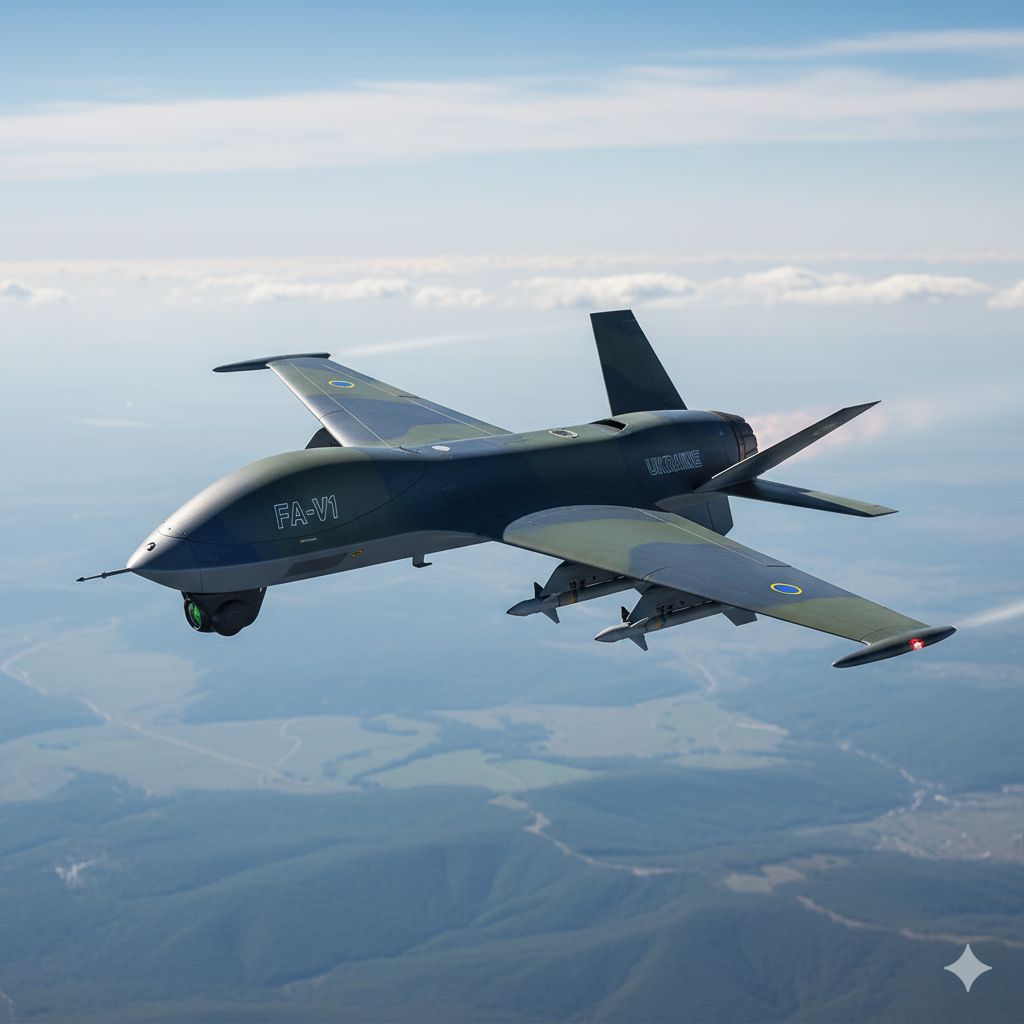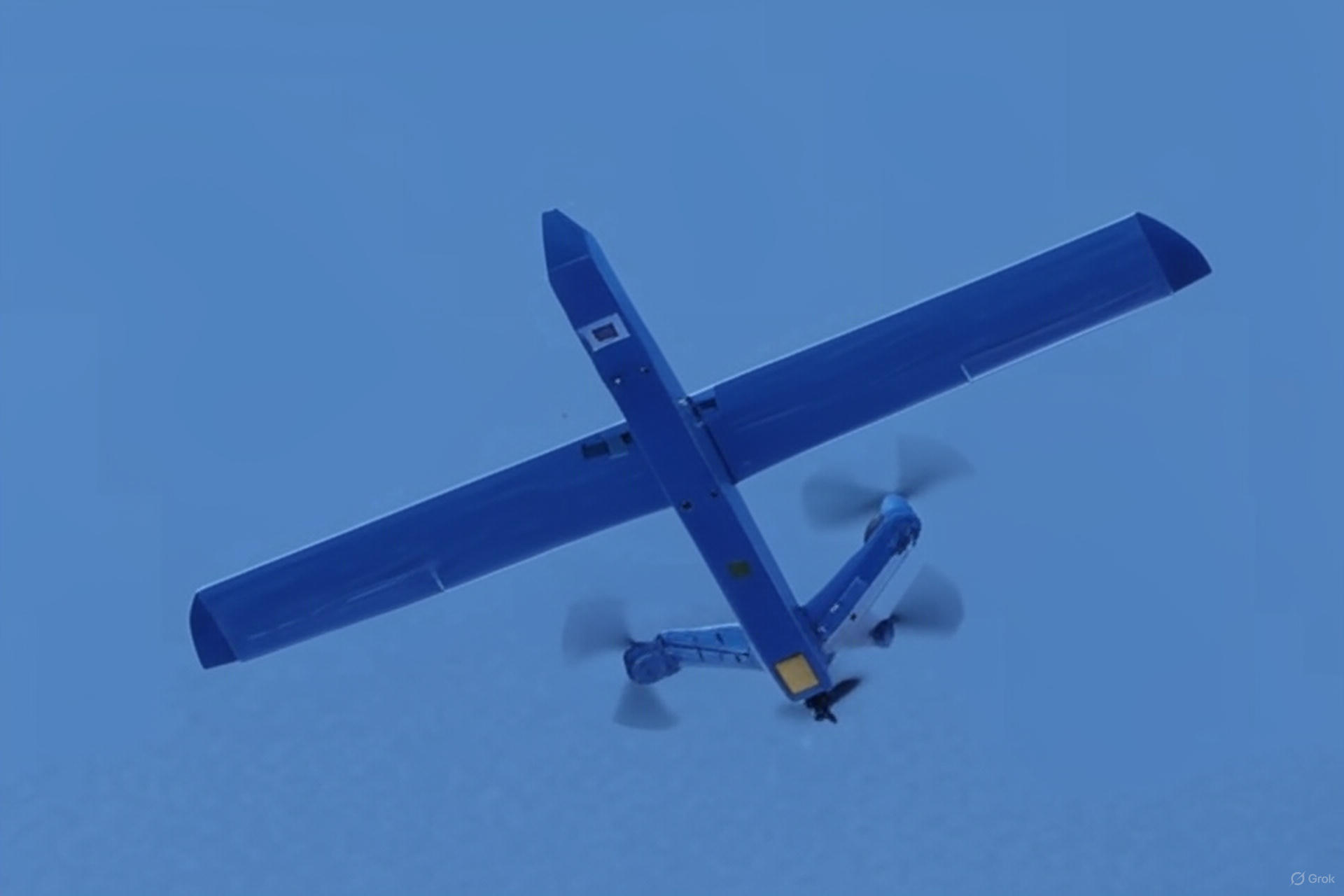The skies above Seoul’s ADEX 2025 airshow were abuzz with excitement, but few spectacles captivated attendees quite like the advanced maneuvers of South Korea’s indigenous KF-21 Boramae fighter jet. This impressive display of agility, speed, and sophisticated design didn’t just turn heads; it reportedly cemented the KF-21’s appeal to a crucial potential buyer: the Philippines. Whispers from the exhibition halls and confirmed reports suggest that the dynamic performance of the Boramae has significantly advanced discussions for a new fighter deal, potentially marking a pivotal moment for both South Korea’s burgeoning defense industry and the Philippines’ long-term military modernization efforts.
For South Korea, the KF-21 Boramae represents not just an aircraft, but a profound statement of national capability. It’s the culmination of years of intensive research, development, and a steadfast commitment to establishing itself as a major player in the global aerospace market. Having long been a significant importer of defense technology, the Boramae project signals a strategic shift towards becoming an exporter of cutting-edge, domestically produced military hardware. The impressive flight demonstrations at ADEX 2025 showcased the KF-21’s robust design, advanced avionics, and its potential as a highly capable 4.5-generation fighter, capable of holding its own against more established international rivals. This public display was crucial for building confidence among potential international partners, demonstrating that the Boramae is more than just a prototype – it’s a serious contender.
The Philippines, on the other hand, faces a pressing need to modernize its air force. Positioned in a strategically vital yet complex region, the Philippine Air Force (PAF) has been actively seeking to upgrade its capabilities to better patrol its extensive maritime borders, respond to regional security challenges, and protect its sovereign interests. The current fleet, while undergoing some modernization, still relies heavily on older platforms. The acquisition of advanced multi-role fighters is a top priority to enhance air defense, maritime patrol, and offensive strike capabilities. The Boramae, with its combination of performance, potential for technology transfer, and a favorable acquisition framework, presents a compelling solution.
The allure of the KF-21 for the Philippines extends beyond its raw performance. South Korea, through Korea Aerospace Industries (KAI), has a track record of being a cooperative and flexible partner. This includes a willingness to engage in technology transfer, provide comprehensive training programs, and potentially offer more attractive financing options compared to traditional Western suppliers. For nations like the Philippines, which are keen to develop their own defense industrial base and gain greater self-reliance, these aspects are incredibly appealing. A deal for the KF-21 wouldn’t just be about buying aircraft; it would be about forging a long-term strategic partnership that could significantly benefit the Philippines’ defense infrastructure and technical expertise.
The ADEX 2025 showcase was more than just an aerial ballet. It was a strategic exhibition designed to highlight the KF-21’s readiness and appeal to a global audience, with the Philippines clearly identified as a prime target. The presence of high-ranking Philippine defense officials and military commanders at the demonstrations, engaging in detailed discussions with KAI representatives, underscored the seriousness of their interest. These interactions likely covered not only the technical specifications of the aircraft but also the logistics of acquisition, maintenance, spare parts, and integrated logistics support – all critical factors in any major defense procurement. The ability of the Boramae to handle various mission profiles, from air-to-air combat to precision ground strikes, was undoubtedly a key selling point, addressing the multi-faceted operational requirements of the Philippine Air Force.
Moreover, the timing of this potential deal is significant. As regional tensions simmer and the Indo-Pacific becomes an increasingly contested geopolitical space, nations are looking to strengthen their defense capabilities. The KF-21 offers a sophisticated yet accessible pathway for countries to enhance their air power without necessarily incurring the prohibitively high costs or strict export controls associated with some fifth-generation platforms. South Korea’s growing reputation as a reliable and innovative defense supplier, particularly in Southeast Asia, further bolsters the Boramae’s prospects.
While the specifics of any potential deal are still under wraps, the momentum generated at ADEX 2025 is undeniable. The KF-21 Boramae’s captivating performance has not only showcased South Korea’s engineering prowess but has also laid a robust foundation for what could be a transformative fighter jet acquisition for the Philippines. This emerging partnership highlights a new chapter in regional defense cooperation, where technologically advanced yet strategically flexible solutions are increasingly becoming the preferred choice for nations looking to secure their skies and enhance their sovereign defense capabilities. The stage is indeed set for a landmark agreement, promising to elevate both South Korea’s standing as a global aerospace power and the Philippine Air Force’s operational readiness for decades to come.




